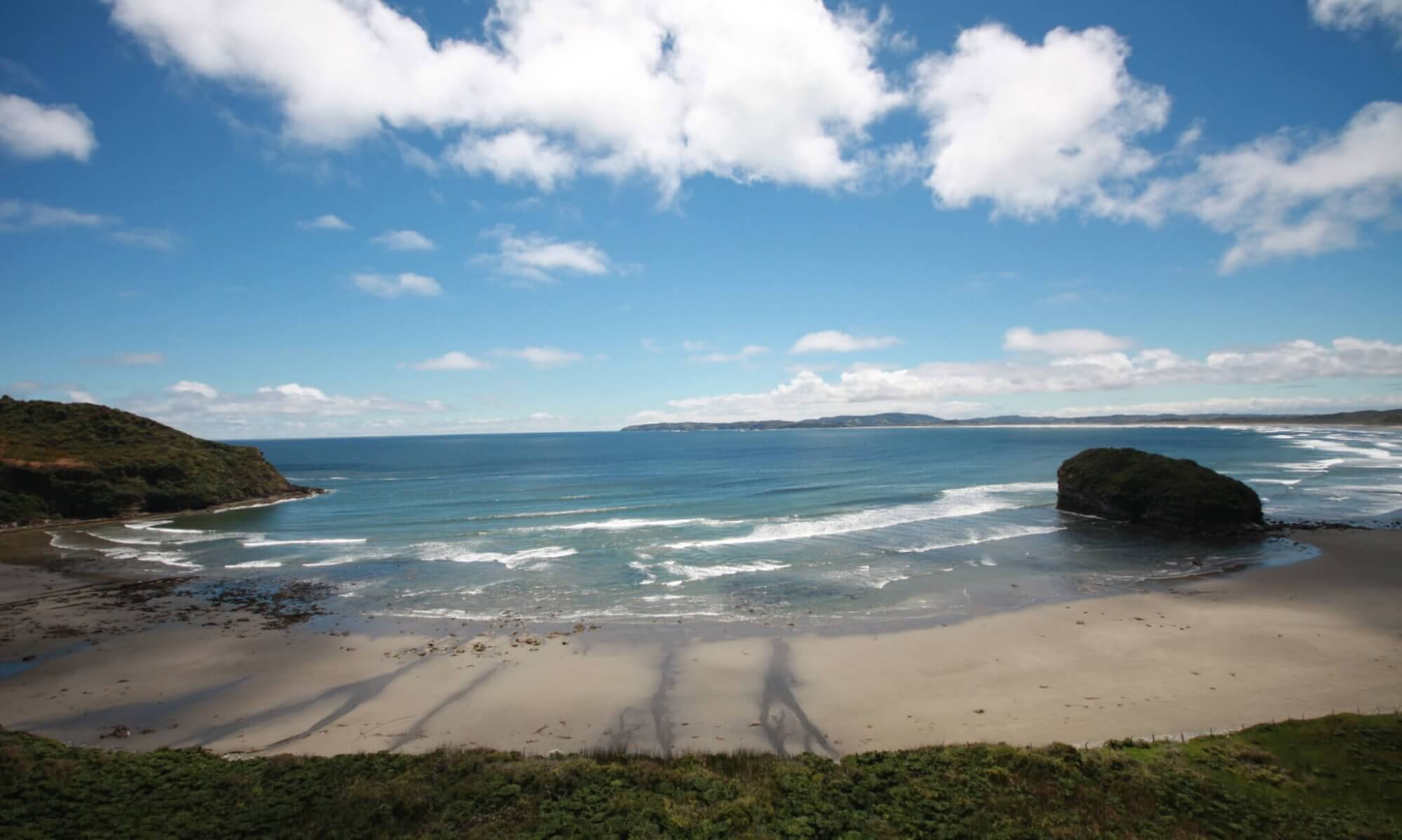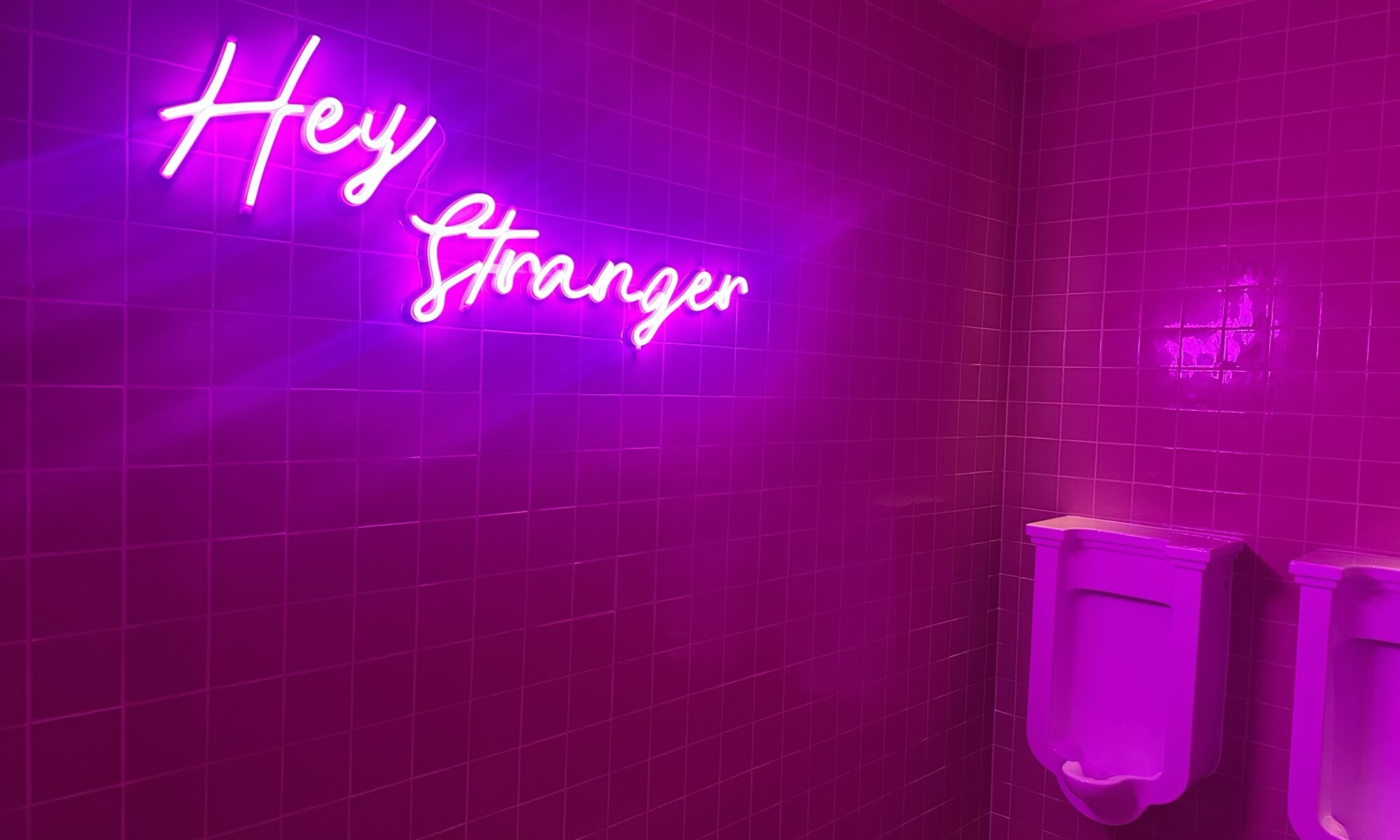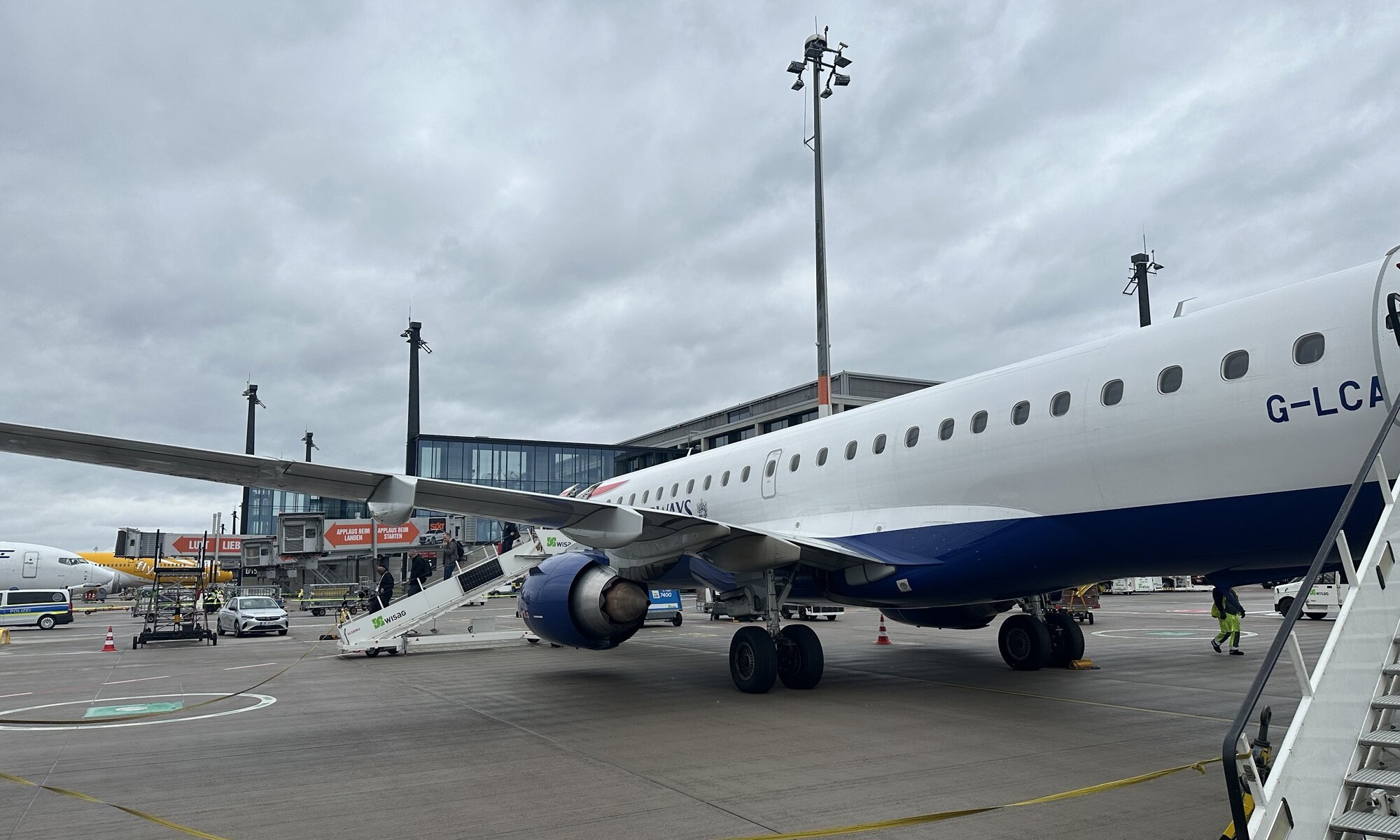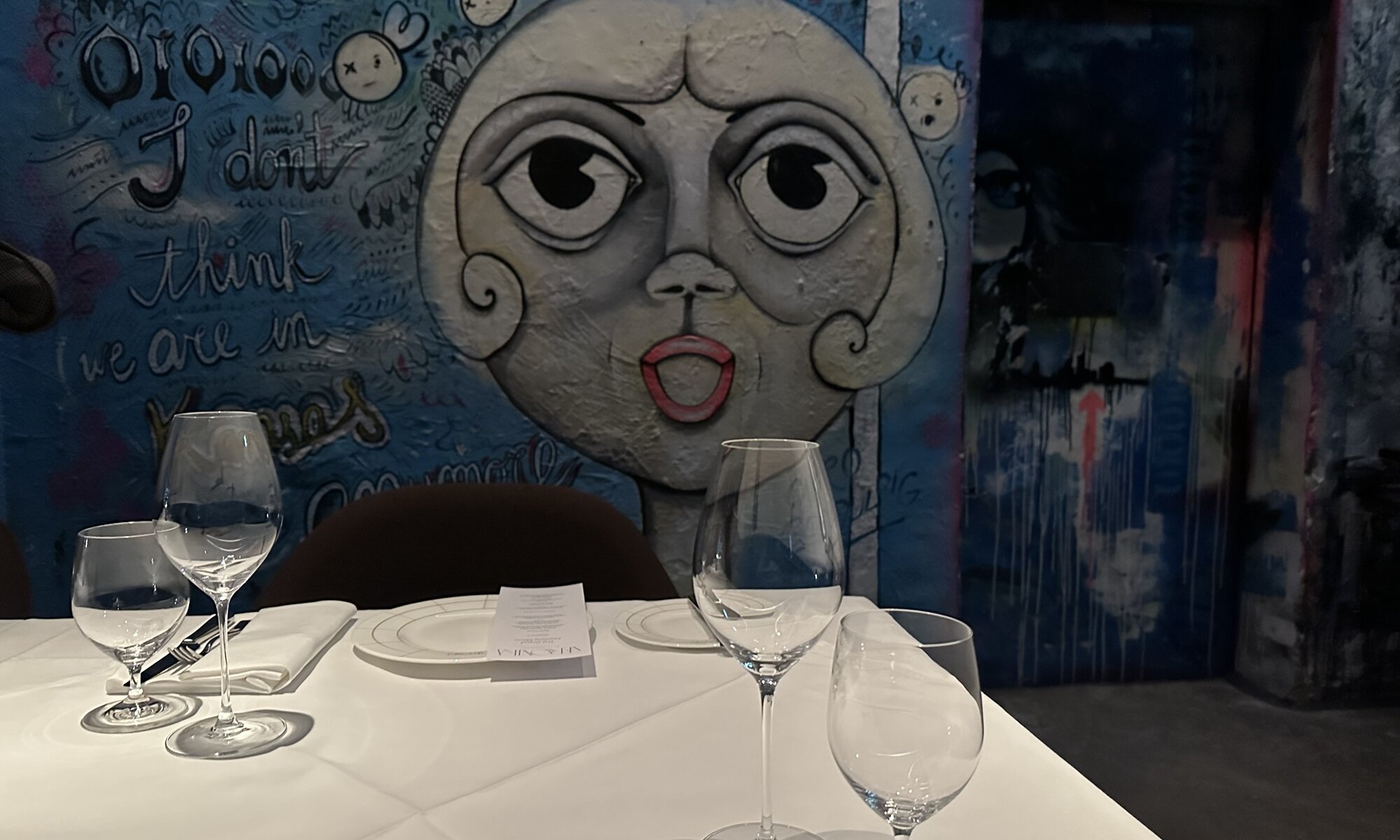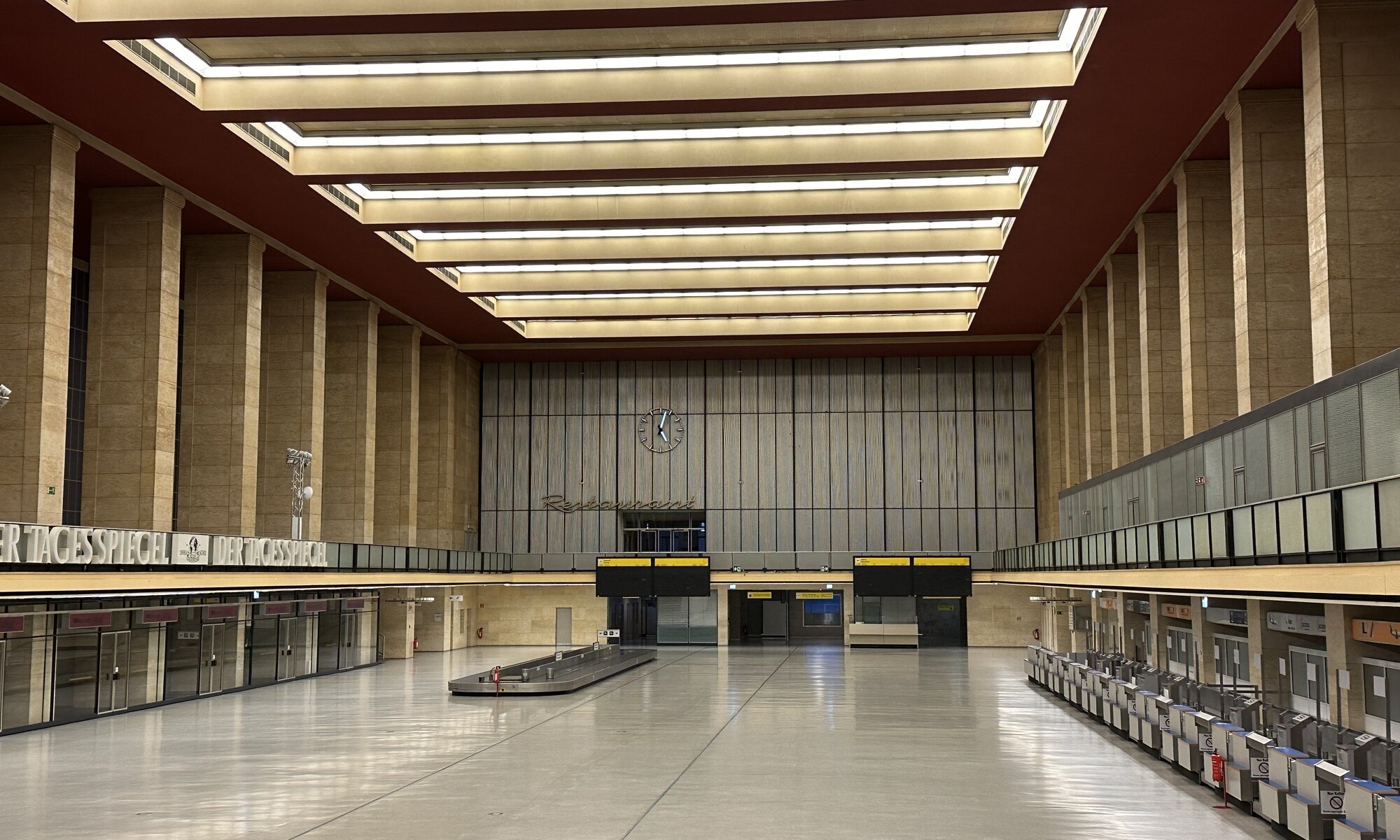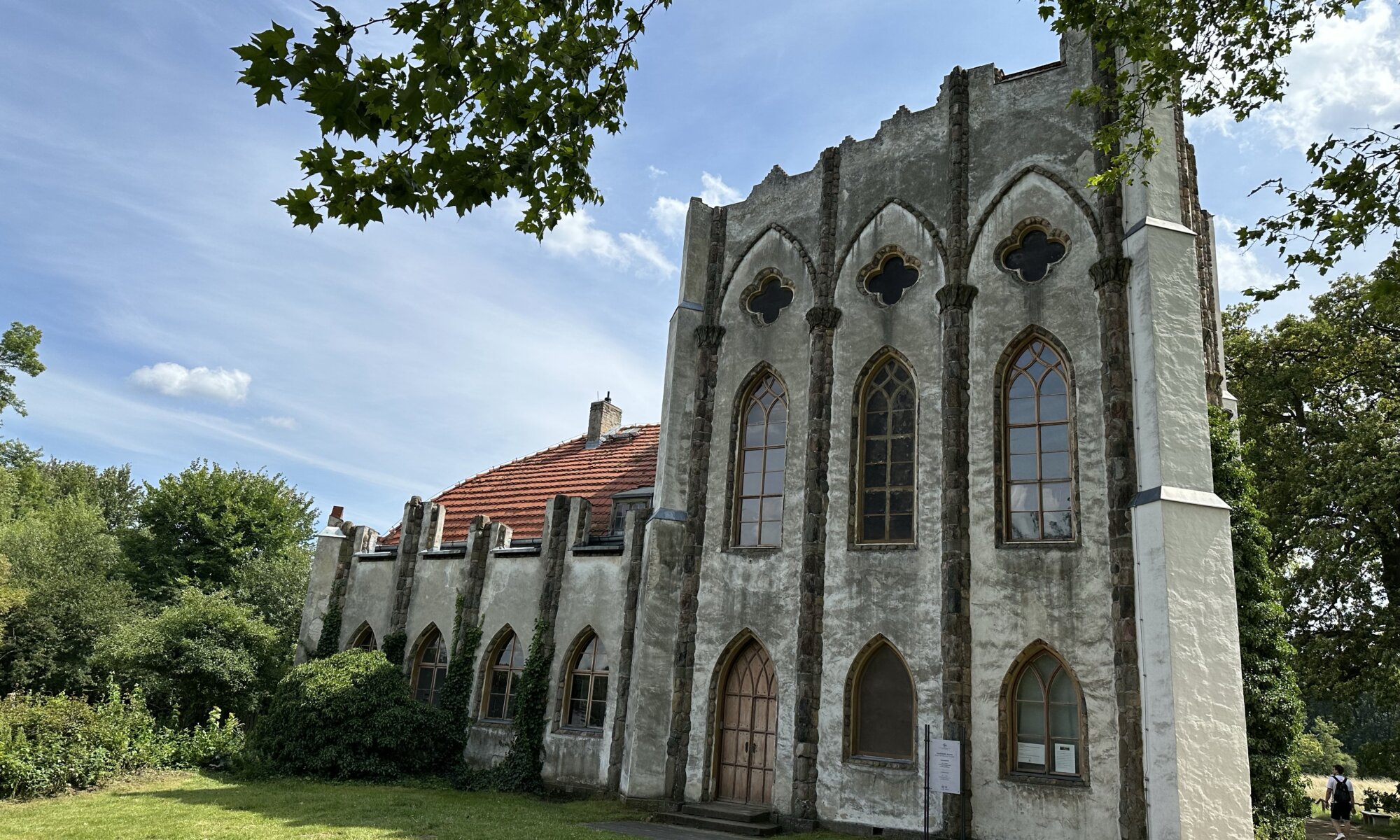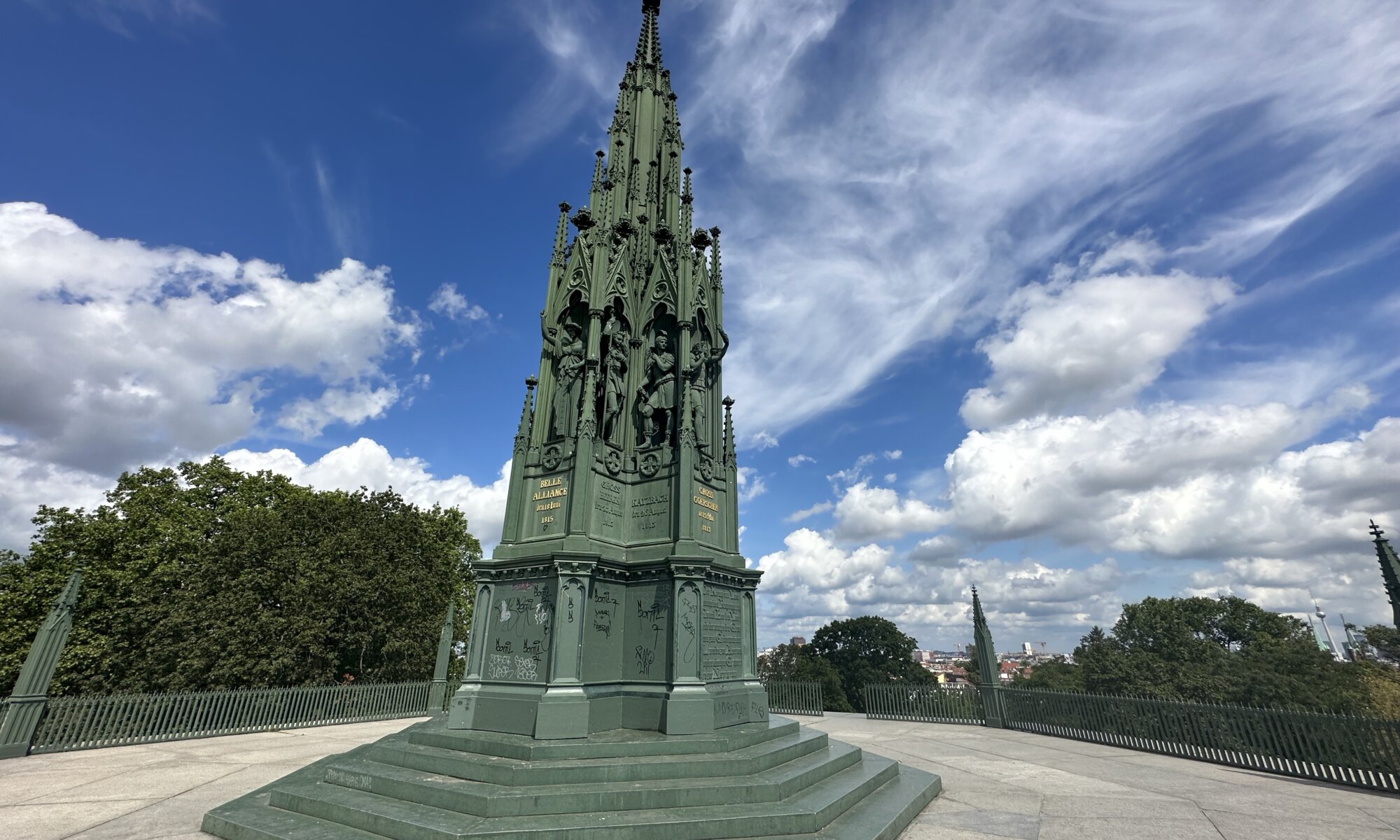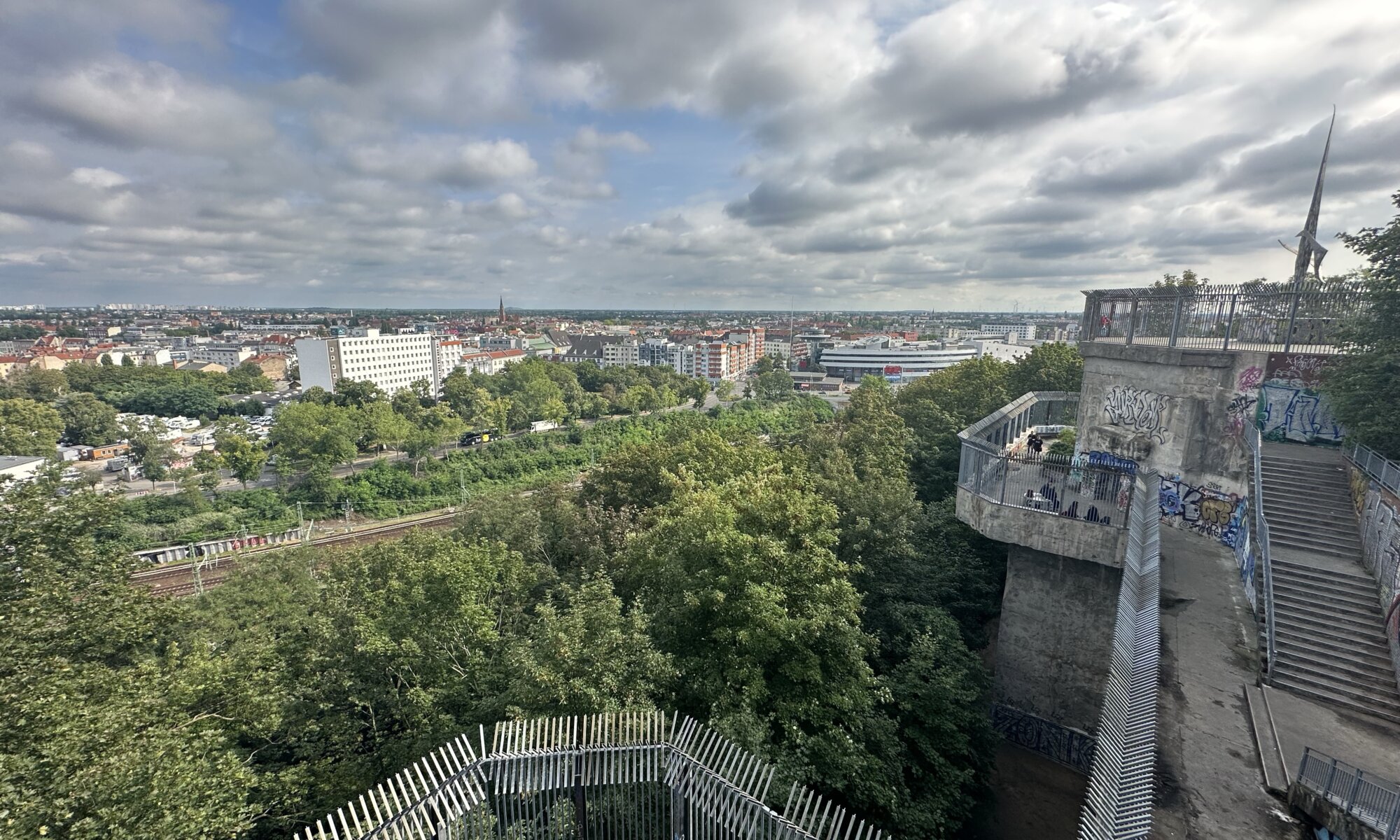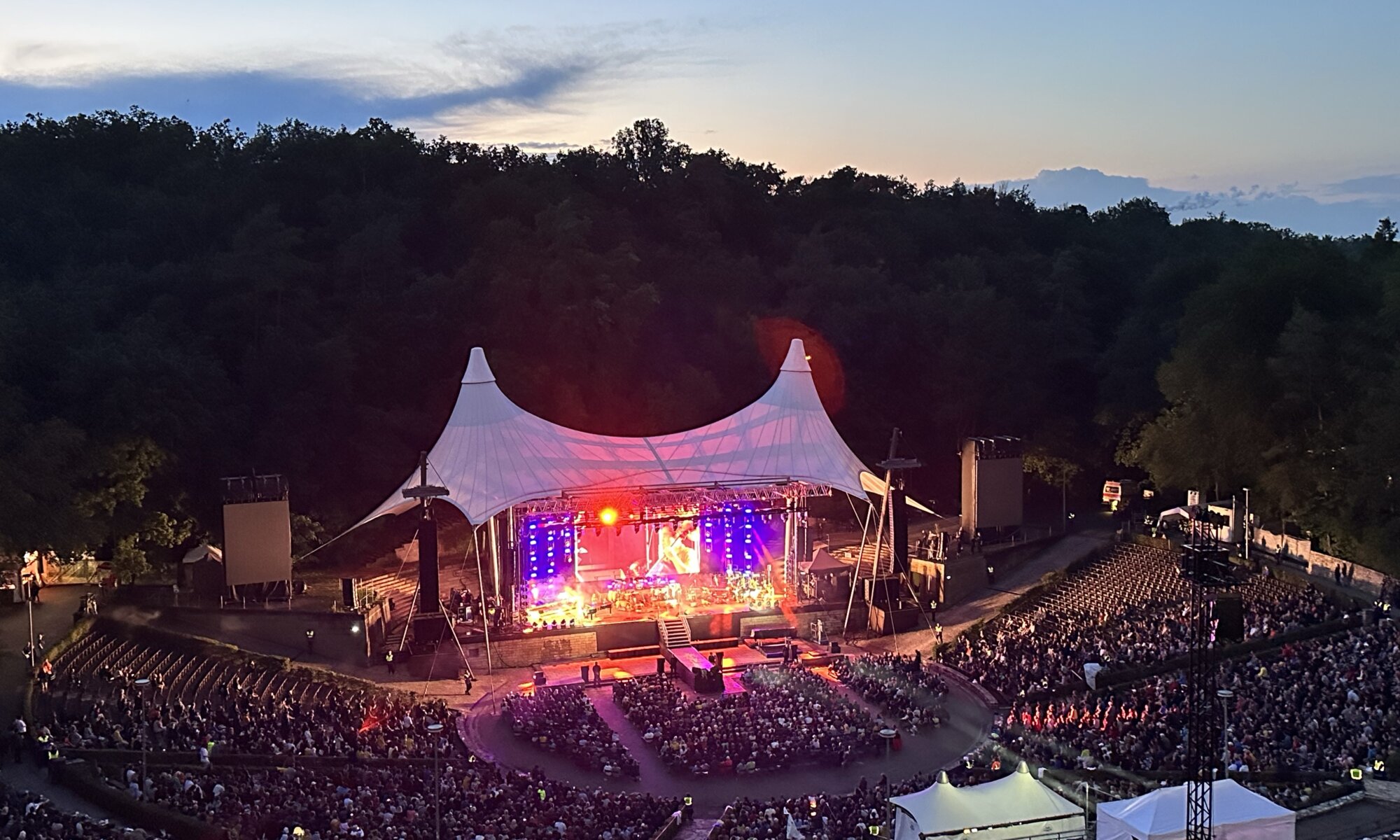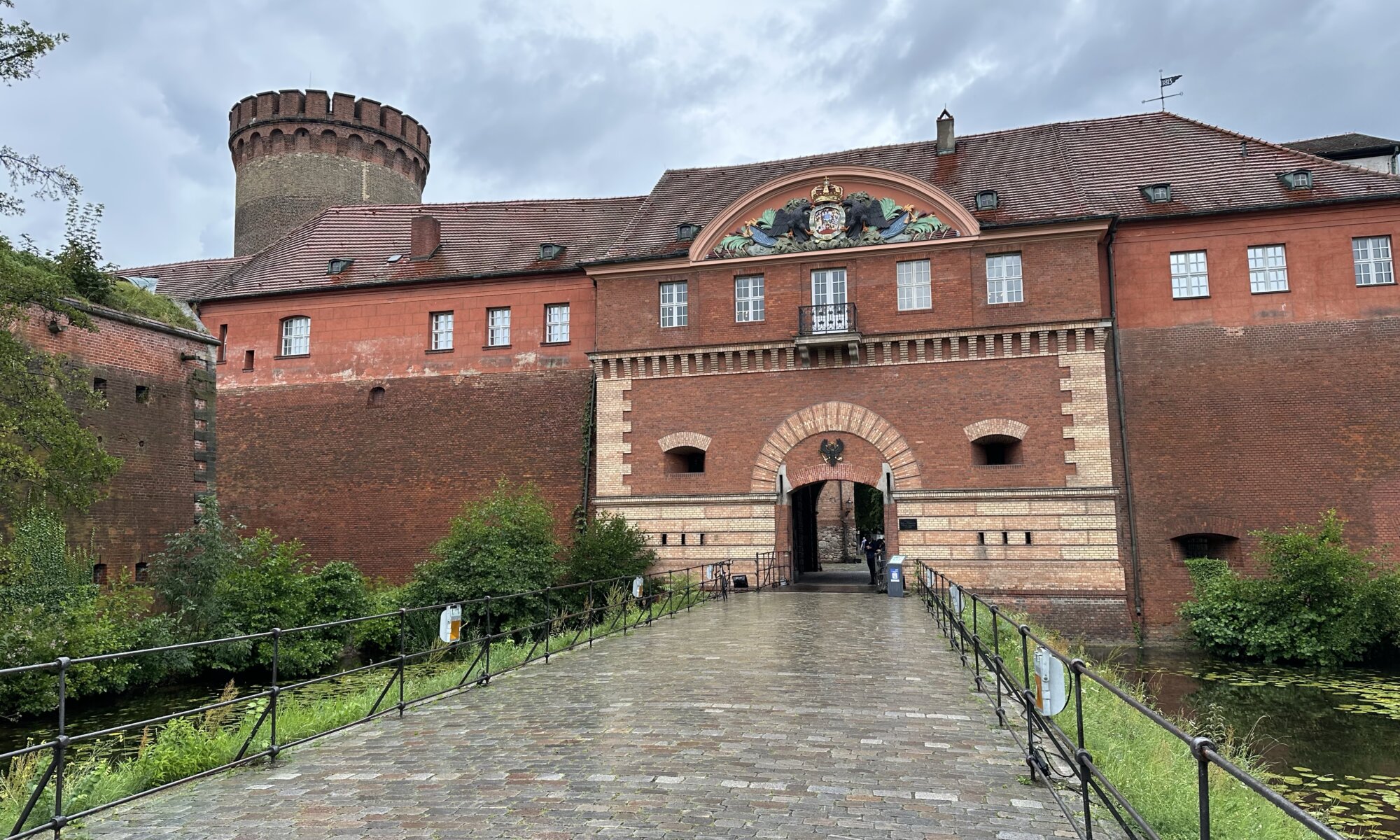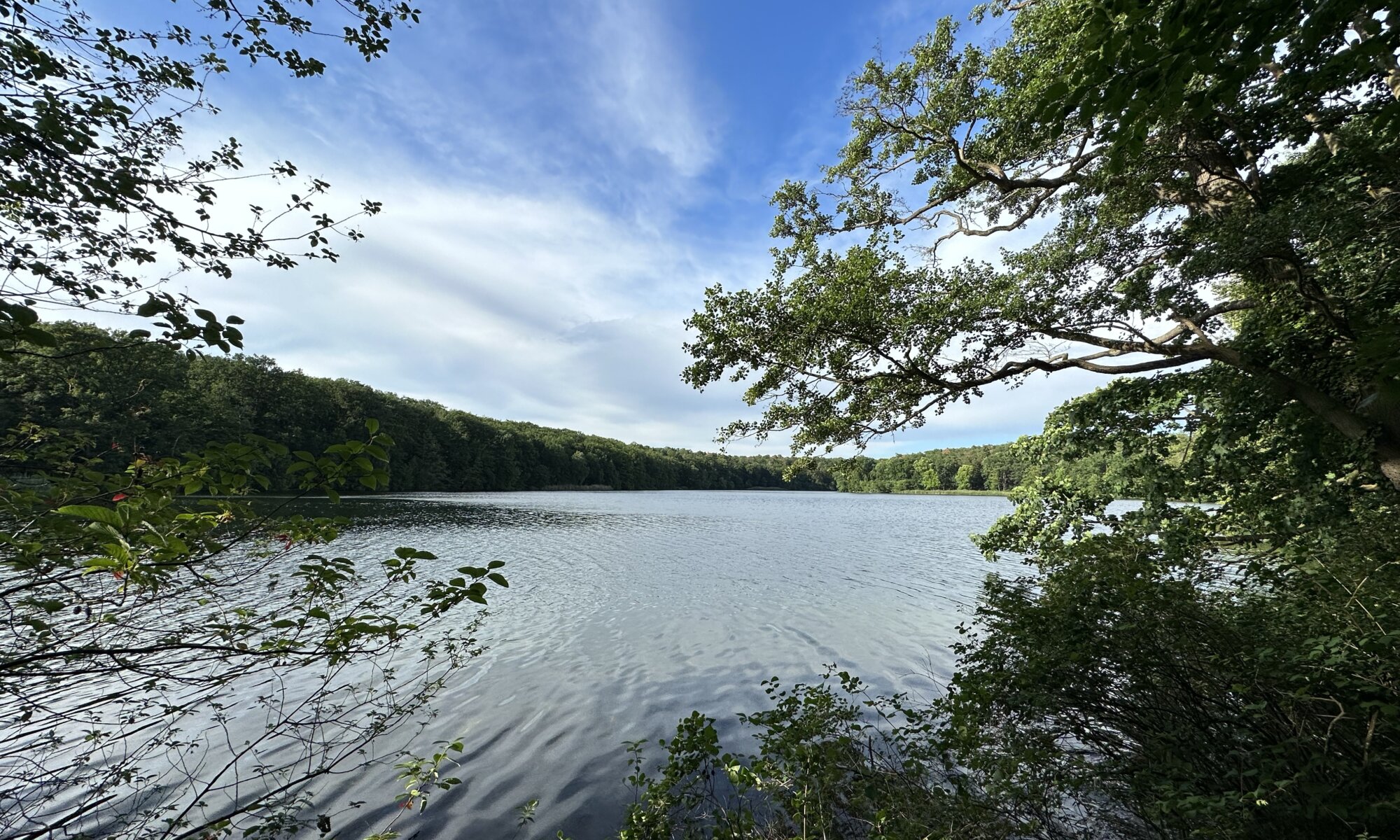Honestly, I would have never found the Bellboy Bar at Berlin‘s Gendarmenmarkt on my own. I’ve slept multiple times at the Hilton hotel but never discovered the inconspicuous door not far from the hotel entrance. And not having been there would have been a real loss; I didn’t have so much fun in many bars across the globe like I did there. It is an amazing combination of atmosphere, drinks and playful surprises.
Continue reading “Careless whisper”Berlin-Brandenburg
After World War II and during the occupation of Germany the four allies had ‘their’ airports at Berlin: Schönefeld (SXF) was used by the Russians, Tegel (TXL) by the French, Gatow (GWW) by the British and Tempelhof (THF) was the US airbase. The German reunification then created the need to change airport infrastructure at the German capital city. A decision was made to extend the Schönefeld airport to become the new Flughafen Berlin Brandenburg (BER) and to name it after former German chancellor Willy Brandt.
Continue reading “Berlin-Brandenburg”Verōnika
If you’re looking for a great bar or high-class restaurant at Berlin, the Verōnika at the Oranienburger Straße is a very good option. Apart from good food and drinks this place offers a very special atmosphere which is created by murals, graffito and the historic architecture the restaurant resides in. Berliners know this place as the Tacheles-Gebäude, a cultural center created by the artist group Tacheles by occupying the building in 1990 before it could be torn down. At lasted in this place until 2012.
Continue reading “Verōnika”Zentralflughafen
The Tempelhof airport (THF) at Berlin was one of the earliest public airports at Germany operating between 1923 and 2008. During this time it was continuously extended and was ahead of its time: with hotels, restaurants and a subway stop directly next to it. Today it is replaced by the new Berlin airport (BER), the historic building is used for offices and the former airfield is now a vast park known as the Tempelhofer Feld, larger than the country San Marino. Additionally you can book guided tours at the former airport to experience the special architecture.
Continue reading “Zentralflughafen”Pfaueninsel
The German capital city Berlin stands for history, politics, art, culture and party. For tall buildings, monuments and endless streets. There are the rivers Spree and Havel; you can find many parks, but to relax in nature you also never need to ride very far. A good option for this is the Pfaueninsel (‘peacock island‘), a river island within the Havel close to the ‘border’ to Potsdam. It is since 1990 part of the UNESCO World Cultural Heritage at Berlin and only accessible by ferry boat.
Continue reading “Pfaueninsel”Viktoriapark
The Kreuzberg is with 66 meters height the highest elevation of Berlin. Since the 15th century this ‘mountain’ was used to grow wine grapes. Today it is covered by a nice park that many Berliner use for a walk. On its top you’ll find the Prussian National Monument for the Liberation Wars – it was erected in 1821 after the victory against Napoleon Bonaparte in 1815. Initially it was planned to create a vast church in Gothic-style to commemorate this, but it was to costly.
Continue reading “Viktoriapark”Flakturm Humboldthain
The Volkspark Humboldthain is a beautiful garden in the north of Berlin. Construction works started in 1869 at the 100. anniversary of the birth of Alexander von Humboldt. It includes a nice rose garden and since 1942 a massive amount of concrete: with the use of forced labor a high-rise bunker with an anti-aircraft warfare position was built, the Flakturm Humboldthain. Flak is an abbreviation for Flugabwehrkanone meaning anti-aircraft gun.
Continue reading “Flakturm Humboldthain”Waldbühne
The Waldbühne Berlin is a fantastic open-air stage in the Murellenschlucht valley close to the Olympiastadion of Berlin. More than 22,000 persons can attend concerts and other events there; the biggest outdoor stage I’ve ever seen. It was built in 1936 for the Olympic summer games following the design of a Greek theatre. The creation was initiated by Joseph Goebbels and the layout included a VIP box for Adolf Hitler. You can still today guess in which time it was built by looking at the artworks at the entrance gates.
Continue reading “Waldbühne”Zitadelle Spandau
Everyone who has ever travelled by highspeed train to Berlin knows Spandau: It is the last stop before you reach Berlin Hauptbahnhof. Not too many tourists leave the train there, but there would be a good reason: the city has one of the oldest fortresses of the high renaissance period, the Zitadelle Spandau. It is located in the northeast of the historic city center within river Havel.
Continue reading “Zitadelle Spandau”Schlachtensee
Berlin has a lot of water in rivers and lakes. The largest lake is the Müggelsee in the East, the one most often used for swimming is the famous Wannsee. Most often considered as the most beautiful lake is the Schlachtensee at Steglitz-Zehlendorf. It has a tubular shape and is often used for swimming due to its good water quality; but you can also have long hikes along its shore or use it for diving or stand-up paddling.
Continue reading “Schlachtensee”